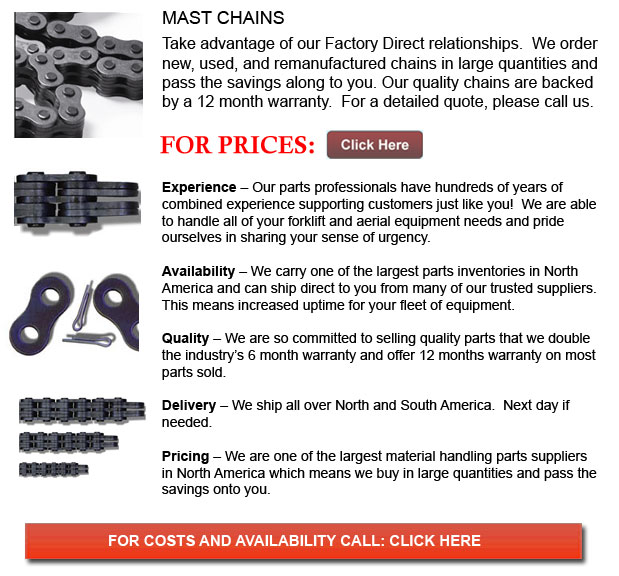
Forklift Mast Chains - Leaf Chains have different functions and are regulated by ANSI. They are meant for tension linkage, forklift masts and for low-speed pulling, and as balancers between head and counterweight in some machine tools. Leaf chains are at times even referred to as Balance Chains.
Features and Construction
Constructed of a simple pin construction and link plate, steel leaf chains is identified by a number which refers to the lacing of the links and the pitch. The chains have specific features like high tensile strength per section area, which enables the design of smaller mechanisms. There are B- and A+ type chains in this particular series and both the AL6 and BL6 Series contain the same pitch as RS60. Finally, these chains cannot be powered using sprockets.
Handling and Selection
In roller chains, the link plates maintain a higher fatigue resistance because of the compressive tension of press fits, yet the leaf chain only contains two outer press fit plates. On the leaf chain, the most allowable tension is low and the tensile strength is high. Whenever handling leaf chains it is essential to confer with the manufacturer's catalogue in order to ensure the safety factor is outlined and use safety measures at all times. It is a better idea to apply utmost caution and utilize extra safety measures in functions wherein the consequences of chain failure are serious.
Using more plates in the lacing leads to the higher tensile strength. Since this does not enhance the utmost acceptable tension directly, the number of plates utilized could be restricted. The chains require frequent lubrication for the reason that the pins link directly on the plates, producing an extremely high bearing pressure. Using a SAE 30 or 40 machine oil is frequently advised for the majority of applications. If the chain is cycled more than 1000 times in a day or if the chain speed is more than 30m for each minute, it will wear really fast, even with continuous lubrication. Thus, in either of these conditions utilizing RS Roller Chains would be more suitable.
The AL-type of chains must just be utilized under particular conditions like for example if wear is really not a huge issue, if there are no shock loads, the number of cycles does not go over a hundred daily. The BL-type will be better suited under other conditions.
The stress load in parts would become higher if a chain utilizing a lower safety factor is selected. If the chain is likewise utilized amongst corrosive conditions, it could easily fatigue and break extremely quick. Doing frequent maintenance is essential if operating under these types of situations.
The inner link or outer link type of end link on the chain would determine the shape of the clevis. Clevis connectors or Clevis pins are made by manufacturers, but the user typically provides the clevis. An improperly made clevis could lessen the working life of the chain. The strands should be finished to length by the maker. Check the ANSI standard or call the producer.
![]() Click to Download the pdf
Click to Download the pdf
Forklift Parts
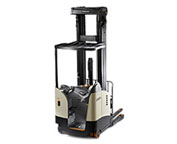
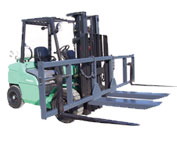
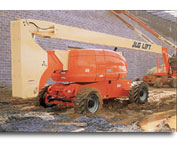
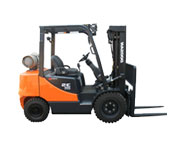


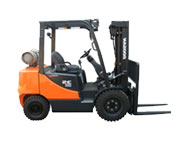

Lift Parts Express
TOLL FREE: 1-888-695-7994
LOCAL: (714) 278-4711
1105 S Euclid St D-222
Fullerton, California
forkliftpartsfullerton.com
Email Us
About Us


